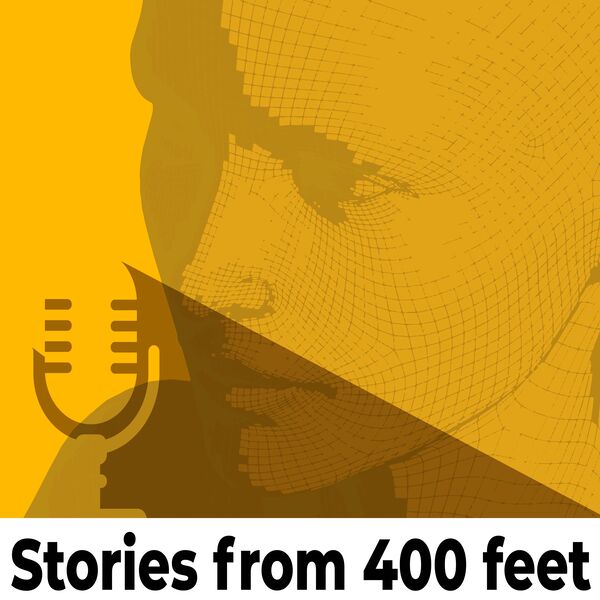Russia began its invasion of Ukraine in February; it is now April and the stories flooding our news channels and social media continue to highlight the devastation being caused by the invading Russian army. According to the International Displacement Monitoring Center, as of March 22nd over 6.5 million people have been displaced from their homes, over a thousand civilian lives have been tragically lost, and critical infrastructure, like hospitals and train stations, have been decimated with people still inside. To help stem the tide of destruction, Ukrainian soldiers and civilians alike are rapidly adopting drone technology to protect their cities, homes, and lives. Although drones are being used for military purposes to do things such as seek out enemy targets and help guide missiles, sending such drones to Ukraine is also alleviating the suffering of its people in a number of life-saving applications.
The attention drone technology, especially commercial and consumer-grade non-lethal drones, has been getting is unprecedented. The demand for drone technology in Ukraine is getting amplified everywhere from small-city newspapers in Portland, Maine, to national and international media and social media outlets. In response, the drone industry has stepped up to help supply their needs, from smuggling drones into Ukraine from Poland in backpacks to more coordinated, large-scale efforts. Most recently Canadian–Ukrainian humanitarian organizations, like Mriya Aid and Second Front Ukraine, have been working with drone companies like Volatus Aerospace to obtain non-lethal drones for intelligence gathering, surveillance, and reconnaissance (ISR) and delivery.
The widely publicized demand for drones may feel out of place when faced with the daily—if not hourly—reports coming from Ukraine about the violence of the invasion, but drones are proving to be just as valuable as any other piece of military equipment and can help to save lives, find survivors, and provide much needed humanitarian aid.
For example, the drones sent to Ukraine from Mriya Aid and Second Front Ukraine included drones equipped with infrared sensors as well as heavy lift delivery drones.
Infrared sensors are a powerful tool for detecting heat signatures radiated by objects, animals, and humans. Even a momentary handprint, like the one shown below, can leave a heat signature that can be picked up by an infrared sensor. This makes it an incredibly powerful tool for detection of soldiers, weapons, and vehicles, especially at night when visibility is low.

“Everything emits a unique heat signature that is measurable; you’ll never have two objects that have exactly the same temperature,” explained Rob Walker, COO of Volatus Aerospace. “With infrared we can visualize these heat signatures through a spectrum of colors. Dark colors, like blue and purple, are on the colder side and bright colors, like yellow, indicate the hottest temperatures. Because specific objects and people emit a specific heat signature (for example, most humans are around 98.6 degrees Fahrenheit), we can create algorithms that help us signal out those signatures from a wash of infrared data. For example, if I fly a drone with an infrared camera over an area where I am looking for camouflaged soldiers, trucks, or weapons, I might not be able to detect them using regular vision—RGB—but they’ll emit a known heat signature I can detect and identify. This is particularly effective at night when everything is cooling down and our bodies and machines are still generating warmth.”
Today, drones can be operated remotely, and all the data can be streamed to multiple people at once in near real time. Being able to control a drone from a safe distance and see where and what the Russian army is doing, enables Ukrainian soldiers to take quick, informed action. They can strategically place their troops and resources where they are needed and help civilians evacuate compromised areas, mitigating the impact of attacks and potentially saving lives in the process.
Beyond military ISR applications, drones equipped with infrared can help find people trapped under fallen rubble from bombings.
“Time is a critical factor when people are trapped in a collapsed building, especially in a war zone when there is a lot of uncertainty about what will happen next,” emphasized Walker. “A drone equipped with infrared can find people faster and potentially save lives.”
After the war, drones can help cities and individuals collect aerial data to make 3D maps of the damage to aid in rebuilding. Maps and video footage also serve as documentation on the impact Russia’s army had on the country—a powerful tool for litigation, negotiations, and reparations.
In addition to data-gathering drones, larger delivery drones, like those made by Avidrone, which can travel 100km and carry up to 50 lbs., are also being sent to help Ukraine. Delivery drones carrying supplies like food, water, medical equipment, and other essential goods can fly into dangerous areas where sending humanitarian aid workers may not be possible. With Russian troops holding entire cities hostage, like the hundreds of people who were running out of food and in need of medical aid in Mariupol, deploying drones is a lot less risky than trying to send goods via truck or crewed aircraft (in some cases this may be the only solution). These deliveries can help prevent unnecessary civilian casualties due to a lack of food or medical supplies.

This article only scratches the surface on how drones can be used to protect and serve the people of Ukraine. New use cases and applications are being discovered everyday by Ukrainian soldiers and civilians as they seek to maximize their limited resources to conduct humanitarian missions and halt the advancing Russian army into their country.
To learn more about how you can support the efforts in Ukraine, visit www.mriyaaid.org.









